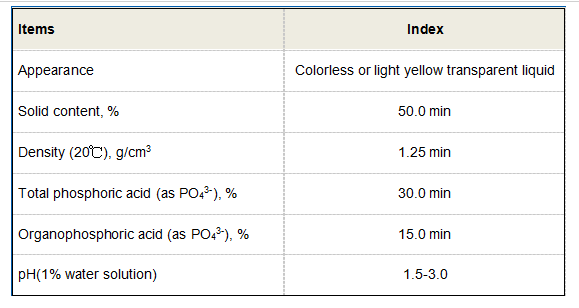polyaluminium chloride water treatment
Polyaluminium Chloride in Water Treatment An Overview
Water treatment is an essential process that ensures the safety and quality of drinking water. Among the various coagulants used in this process, Polyaluminium Chloride (PAC) has gained significant popularity due to its effectiveness in removing impurities and contaminants. This article explores the role of PAC in water treatment, its advantages, and its mechanisms of action.
What is Polyaluminium Chloride?
Polyaluminium Chloride is a versatile inorganic polymer used as a coagulant in water treatment processes. It is a compound of aluminum, chlorine, and oxygen, and is typically provided as a liquid or powder. PAC is known for its high charge density, which enhances its ability to destabilize colloidal particles present in water, facilitating their removal through sedimentation or filtration.
Mechanism of Action
The coagulation process begins when PAC is added to water. Due to its positive charge, PAC neutralizes the negative charges on suspended particles, such as silt, clay, and organic matter. This neutralization leads to the aggregation of particles into larger flocs, which can then be easily removed from the water. Additionally, PAC helps to destabilize microorganisms, aiding in their subsequent removal from the water supply.
One of the key mechanisms by which PAC functions is through charge neutralization and bridging. The polymeric nature of PAC allows it to bind multiple particles simultaneously, forming larger aggregates. This process not only enhances sedimentation rates but also reduces the amount of residual turbidity in treated water. As a result, PAC provides clearer water with lower concentration of contaminants.
Advantages of Using PAC
1. Higher Efficiency PAC is known for its superior performance compared to traditional coagulants like alum. It requires a lower dosage to achieve the same level of turbidity removal, which translates to reduced operational costs.
polyaluminium chloride water treatment

2. Wide pH Range Application PAC functions effectively across a wide range of pH levels, making it suitable for various water sources, including those with high acidity or alkalinity. This adaptability allows water treatment facilities to implement PAC without extensive adjustments to their existing systems.
3. Reduced Sludge Production Compared to aluminum sulfate, PAC generates significantly less sludge. This reduction in sludge volume decreases the need for costly disposal and allows for a more efficient treatment process.
4. Improved Microbial Control The use of PAC has been associated with enhanced removal of pathogens and other microorganisms, improving water quality and safety for consumers.
5. Compatibility with Other Chemicals PAC can be combined with other treatment chemicals to optimize performance. This flexibility allows for tailored solutions depending on specific water quality challenges.
Applications of PAC
Polyaluminium Chloride is widely used in various fields of water treatment, including drinking water, wastewater, and industrial effluent treatment. In municipal drinking water treatment plants, PAC assists in producing safe, clean water that meets regulatory standards. In wastewater treatment, PAC helps improve the quality of effluent before it is released into the environment, significantly reducing pollutant loads.
Conclusion
In summary, Polyaluminium Chloride has emerged as a vital component in modern water treatment processes. Its ability to efficiently coagulate and flocculate impurities makes it a preferred choice among water treatment professionals. The advantages of PAC, including its higher efficiency, reduced sludge production, and compatibility with a range of water qualities, underscore its significance in ensuring access to clean and safe drinking water. As the demand for water treatment continues to grow, the role of PAC will likely expand, contributing to enhanced public health and environmental protection.
-
Water Treatment with Flocculant Water TreatmentNewsJun.12,2025
-
Polymaleic AnhydrideNewsJun.12,2025
-
Polyaspartic AcidNewsJun.12,2025
-
Enhance Industrial Processes with IsothiazolinonesNewsJun.12,2025
-
Enhance Industrial Processes with PBTCA SolutionsNewsJun.12,2025
-
Dodecyldimethylbenzylammonium Chloride SolutionsNewsJun.12,2025





